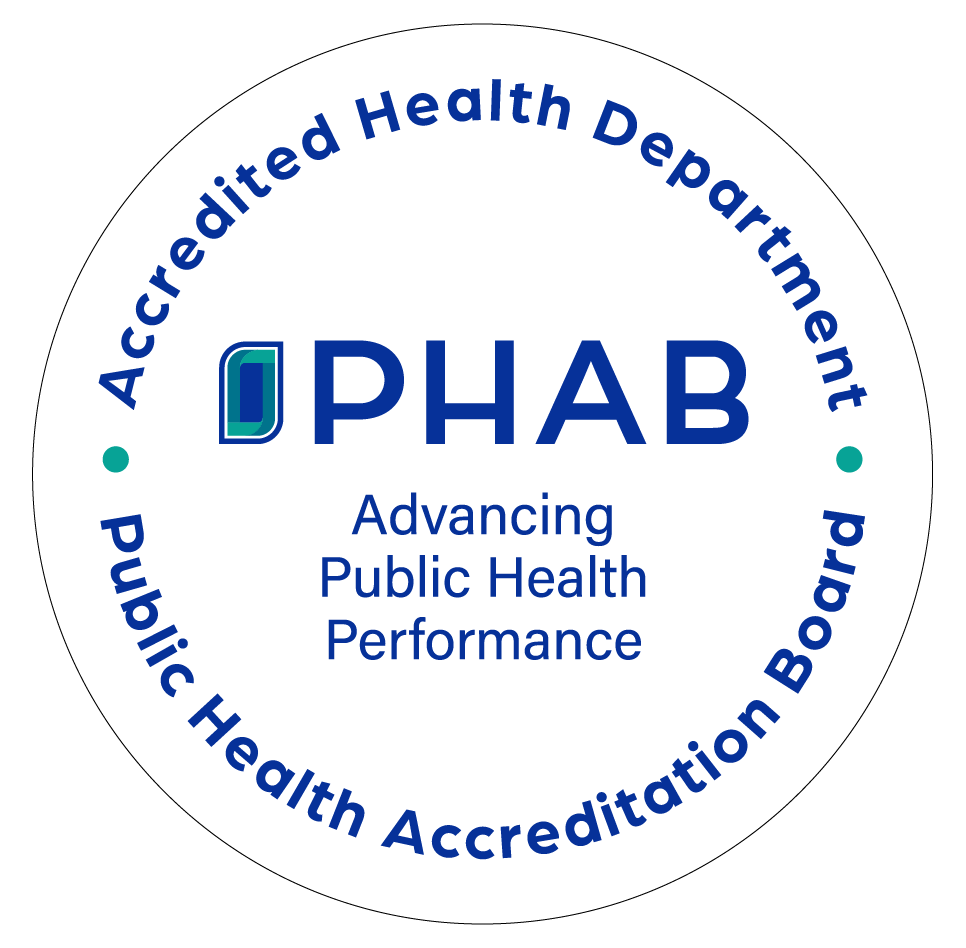Vaping has become increasingly popular, especially among teens. Vapes or E-cigarettes contain nicotine, which is highly addictive and can harm adolescent brain development. In Ohio, 8% of high school students use e-cigarettes according to the Annual National Youth Tobacco Survey. Help your child avoid a nicotine addiction!
To sign up for a tobacco education course, please complete and submit the registration form
For more information on programs provided by the Medina County Health Department, please contact 330-723-9688, option 2 and ask to speak with a Tobacco Health Educator.
- Natural curiosity and desire to experiment.
- Influence from parents and peers who smoke.
- Desire to rebel or appear independent.
- Belief that vaping or smoking is common and socially accepted.
- Access to affordable products in low-tax areas.
- Misunderstanding of short- and long-term health consequences.
- Attraction to nicotine’s “feel-good” effect without intoxication.
- Exposure to marketing that portrays smoking as trendy, cool, fun, and rebellious.
- Availability of youth-friendly vape flavors, such as fruit, candy, mint, and menthol.
Most adult smokers started smoking before they turned 18, with many becoming addicted while still in high school due to:
- Underestimating how quickly addiction can develop.
- Believing smoking will be short-term.
- Misjudging the difficulty of quitting.
- Continuing tobacco use years after starting.
- E-cigarettes (vapes)
- Nicotine pouches (ex. Zyn, Velo, Rogue)
- Cigarettes
- Cigars
- Smokeless tobacco products (ex. Chewing tobacco, snus, snuff)
- Other oral nicotine products (ex. Gum, lozenges, toothpicks)
Visit our Vaping and Health Effects webpages for more information.
Stay connected: Know what normal behavior for your child is and know the signs of use:
- Changes in school attendance
- Truancy: Unexcused, intentional absences
- Less involvement in school activities and/or extracurricular activities
- Changes in friend groups
- Old friends fade away
- New friends but you have never met them
- Social media posts
- Changes in family dynamics
- Avoids being with family members, family meals, family events
- Changes in mood
- Tensions in relationships with family members
- Breaks curfew
- Changes in appearance
- Decline in hygiene
- Wearing clothing that can conceal products (ex. long sleeves in warm weather or changes in clothing style beyond normal trends)
- Dilated or red eyes
- Changes in habits
- Unusual smells or scents
- Use of gum or mouthwash
- Money irregularities – having less or more money than usual (buying products and selling at an upcharge)
- Appetite (Increase in “munchies”)
- Sleep habits and energy
- Secretive calls or behaviors
- Changes in emotions
- Depression
- Emotional bursts
- Rebellious behaviors
Create a safe space of trust, support, and emotional well-being:
- Active listening – let your teen talk; encourage them to share their feelings and concerns.
- Respect opinions – avoid lecturing; ensure your teen can be honest without getting into trouble.
- Consistent responses – keep calm and open to talking with your teen; think about what you want to say before you say it; have clear rules and specific consequences of breaking them.
- Reliable behaviors – together, brainstorm ways to say no to peer pressure; assure your teen that using you (the parent) as an excuse is perfectly acceptable.
- Amnesty rule – tell your child he or she can reach out for help without facing the usual consequences they might if they tried to cover up their actions; this encourages your child to be safe and it supports better decision-making—while still holding them accountable in a constructive way.
- Monitor behaviors – pay attention to your teen’s whereabouts; review the “know the signs” listed above.
- Seek help as needed – talk with your child’ health care provider or for counseling help check out LiveVapeFree.com’s adult advocate page.
- Be prepared to talk about your own use – consider how you’ll respond if your teen asks about your own experiences with substances.
- If you chose not to use them, explain the reasons behind your decision.
- If you did use them, be honest and share what you learned from those experiences.
By using the L.O.V.E. acronym, parents can create a more supportive and understanding environment for their teens. This approach can help build stronger relationships and foster open communication, leading to better understanding and connection.
L – Listen: Pay close attention to what your teen is saying, both verbally and nonverbally. Engage in active listening by asking clarifying questions and showing genuine interest.
O – Observe: Look for cues beyond the spoken word. Notice their body language, facial expressions, and overall demeanor. Observe how they interact with others and with you.
V – Validate: Acknowledge their feelings and experiences. Let them know that their emotions are valid, even if you don’t agree with their choices or actions. Use statements like, “I can see you’re feeling frustrated,” or “That must have been really hard”.
E- Evaluate: Try to understand their perspective. Put yourself in their shoes and imagine how they might be feeling. Ask yourself if you would have reacted the same way in a similar situation.
- E-Cigarettes Reexamined: Product Toxicity
- Four Ways to Express Love and Improve Your Relationships
- How to Establish a Safe Space for Teen Emotional Expression
- How to Talk to Your Teen about Substance Abuse
- Live Vape Free
- Teen Drug Abuse: Help Your Teen Avoid Drugs
- The Real Cost Campaign
- Real Talk: Talking with Your Teen about Vaping
- Results from the Annual National Youth Tobacco Survey
- Vaping Conversation Guide
- Vaping in 2025: What’s Changed and What Parents Need to Know [Recorded Webinar]


